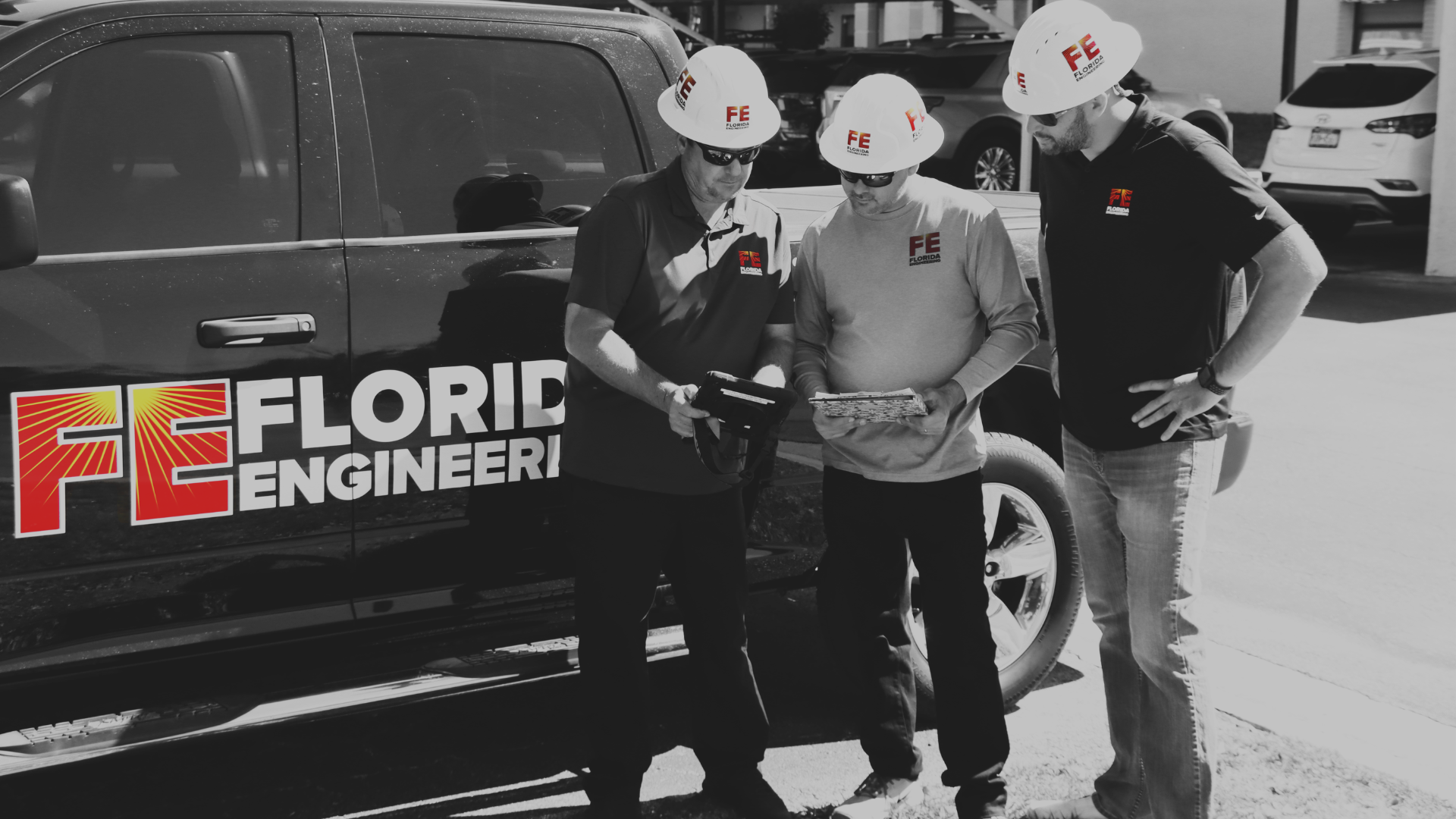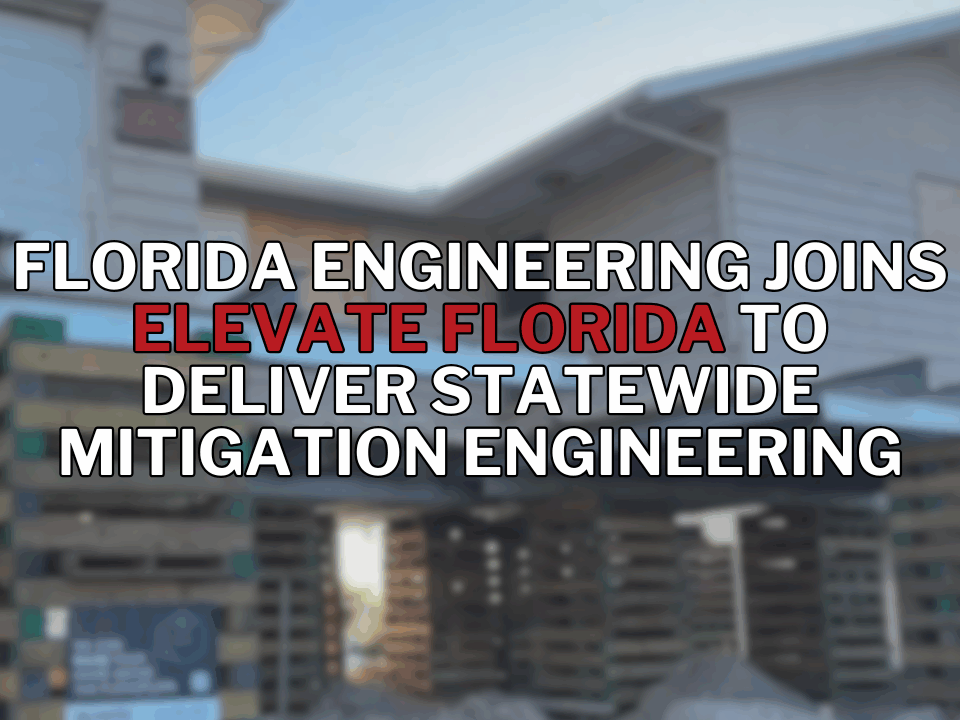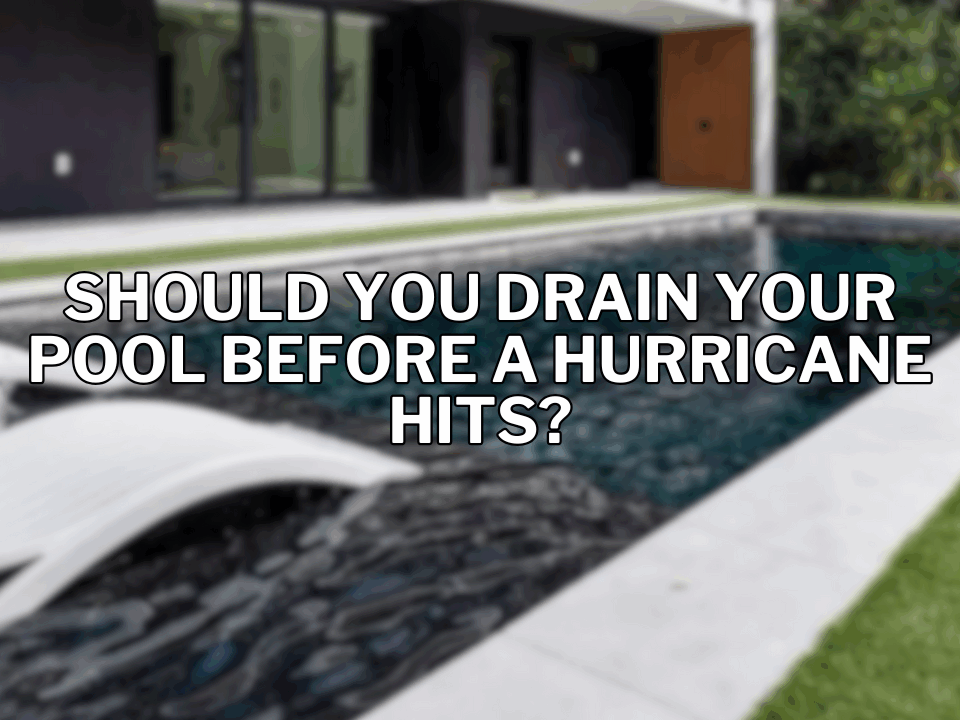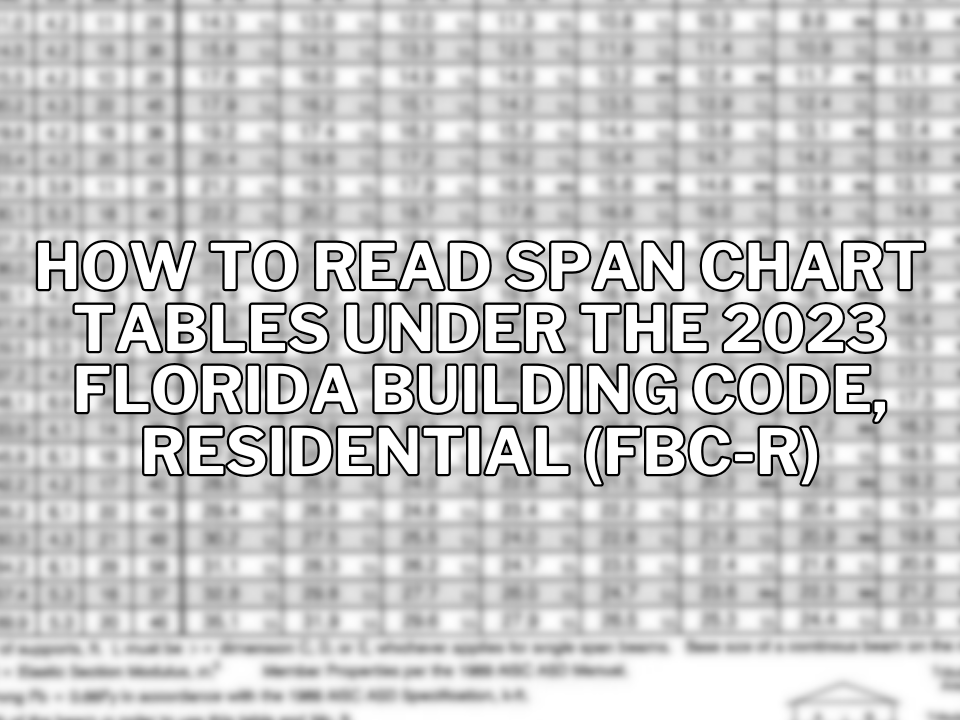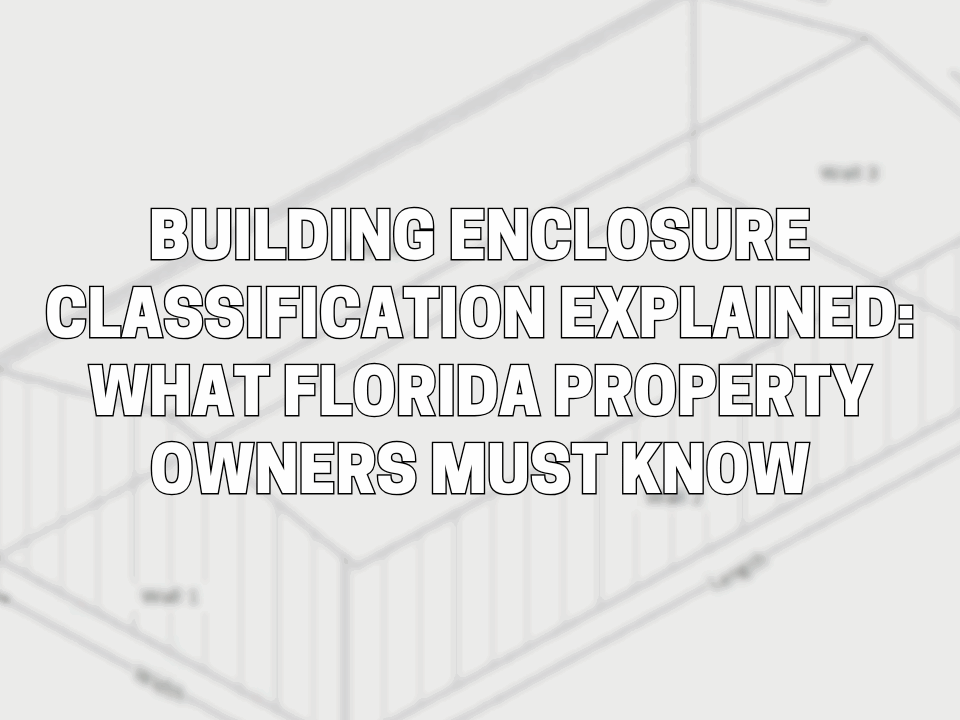What is Exposure Category?
The determination of wind pressure on a structure depends on multiple factors such as:
- The shape of the structure.
- Structure dimensions: Length, width, and height.
- Surrounding surface characteristics.
- Elevation above sea level.
- Abrupt changes in the general topography (such as hills, ridges, and escarpments)
- Wind speed.
- The opening ratio of the walls.
- Location of the point at which pressure is to be determined.
Exposure Category is the parameter that quantifies the effects that the surroundings (such as natural topography, vegetation, and constructed facilities) have on the wind pressure on a structure.
Simply stated, Exposure Category tells us how “open” the surroundings of a structure are, and how it directly affects the wind pressure.
The following example might help illustrate the effect under discussion.
Everyone can agree that, in general, we experience a lot more wind along open fields, or along the coast as compared to say, the suburbs, or a town center. This experience may commonly lead to the conclusion that “wind speeds are higher at the coast”. This, however, is a fallacy.

Figure 1609.3(1), 2023 Florida Building Code, Eighth Edition
A look at the above wind map can clearly illustrate that the wind speed at an inland region may, in fact, be equal to the wind speed at coastal regions. What then, makes us experience this amplified effect of wind?
The answer is: the surrounding characteristics.
Open areas such as water surfaces, mud flats, salt flats and unbroken ice offer no obstruction to the wind. This enables the wind to ramp up before it interacts with the structure.
On the other hand, urban and suburban areas, wooded areas, or other terrains with numerous closely spaced obstructions help ramp down the wind before it interacts with the structure.
Hence, what we experience is not actually wind speed, but wind pressure, which may be different at different locations that share the same wind speed.
How are structures classified based on Exposure Category?
ASCE 7-22 and 2024 International Building Code provide a detailed description of Exposure Categories, based on Surface Roughness and building height.
For structures less than 30 feet in height, the Exposure Categories may be simply understood as follows:
| Exposure | B | C | D |
| Description of terrain | Terrain with numerous, closely spaced obstructions that have the size of single-family dwellings or larger. | Open terrain with scattered obstructions that have heights generally less than 30 ft. | Flat, unobstructed areas and water surfaces. |
| Example of terrain | 1. Urban and suburban areas. 2. Wooded areas. | 1. Flat, open country. 2. Grasslands. | 1. Smooth mud flats. 2. Salt flats. 3. Unbroken ice. |
| Extent of described terrain | 1500 feet | See note A | 5000 feet |
Notes:
- Exposure C shall apply for all cases where Exposure B or D does not apply.
- The above table illustrates a simplified criterion applicable for structures under 30 feet in height. See ASCE 7-22 and the applicable Building Codes for details and exceptions.
ASCE 7-22, Chapter 26 and Chapter C26 provide further detailed criteria for determining Exposure Categories.

Figure C26.7-1. Upwind surface roughness conditions required for Exposure B.

Figure C26.7-2. Upwind surface roughness conditions required for Exposure D, for the cases with (a) Surface Roughness D
immediately upwind of the building, and (b) Surface Roughness B and/or C immediately upwind of the building.
Simply put, Exposure B corresponds to low wind pressures, Exposure C corresponds to moderate wind pressures, and Exposure D corresponds to high wind pressures.
What are some common tips and tricks that may be used to determine Exposure Categories?
- Determination of Exposure Categories is a complicated visual process. A Professional Engineer should be consulted so that the correct Exposure Category may be determined at the beginning of the design process.
The following figure illustrates how to determine the Exposure Category for a structure less than 30 feet high.

- A common misconception is that if a structure is surrounded by other buildings or trees on all sides, it falls under Exposure B. Conversely, it is often assumed that if a structure is next to an open piece of land or a lake, it falls under Exposure D.
It must be understood that the definitions of Exposure Categories include the minimum distance for which a surface roughness must prevail.
In other words, for a structure (less than 30 feet high) to fall under Exposure B, it must be continuously surrounded by adequately sized obstructions for at least 1500 feet.
For a structure to fall under Exposure D, it must be exposed to flat, open areas for at least 5000 feet.
- Lastly, certain states and local jurisdictions may have their own criteria that supersede that criteria set forth by ASCE 7-22. These local mandates must be checked before the design process starts.
For example, per 2023 Florida Building Code, Sec 1620.3, Exposure Category B may not be used for any structures in Miami-Dade and Broward counties in Florida.
How is Exposure Category related to Risk Category?
Quite simply, the two parameters have no direct relation.
| Parameter | Risk Category | Exposure Category |
| Simplified definition | Risk Category measures the risk to human life, health and wellbeing associated with a structure and hence dictates the standard of design. | Exposure Category measures the “openness” of the surroundings of a structure, and its effect on wind pressures. |
| ASCE 7-22 reference | Section 1.5 | Section 26.7 |
| 2024 IBC reference | Section 1604.5 | Section 1609.4 |
| Considered for | Live loads, flood loads, snow loads, seismic loads, wind loads, tornado loads, etc. | Snow loads, wind loads, and tornado loads. |
| Use in wind design | To determine the wind speed. | To determine the amplification of wind pressure. |
| Can it be changed? | Subjective factor that may vary depending on the use of a building at a particular address | Objective and geographical factor that cannot be changed for a particular address. |
A common misconception is that low-risk buildings (such as sheds falling under Risk Category I) correspond to Exposure B.
Risk Category and Exposure Category are highly important but highly uncorrelated factors in the design of a building.
For example:
A storage shed at a beach would be Risk Category I, Exposure D.
An emergency hospital in the middle of a highly crowded town center would be Risk Category IV, Exposure B.
Please see our previous blog about Risk Categories for full context.
At Florida Engineering LLC, our team of highly qualified engineers specialize in determining these factors to ensure a safe, code-compliant, and economical design for you. Please contact orders@fleng.com for a quote.
Contact Us – Risk Category Near Me – Florida’s Top Building Exposure Experts
- Phone: 941-391-5980
- Email: contact@fleng.com
- Address: 4161 Tamiami Trail, Suite 101, Port Charlotte, FL 33952
Connect With Us
Related Services

